The animal kingdom is filled with fascinating defense mechanisms, but few are as intriguing as those employed by venomous snakes. While many dangerous creatures in nature advertise their toxicity through bright colors or distinctive sounds, venomous snakes follow different rules. Some species go to great lengths to warn potential threats before striking, while others remain silent and strike without warning. This disparity in defensive behavior reveals much about snake evolution, ecology, and survival strategies. Understanding these warning systems isn’t merely an academic curiosity—it’s valuable knowledge that can help humans better coexist with these important predators and potentially save lives during chance encounters in the wild.
The Evolution of Snake Warning Systems
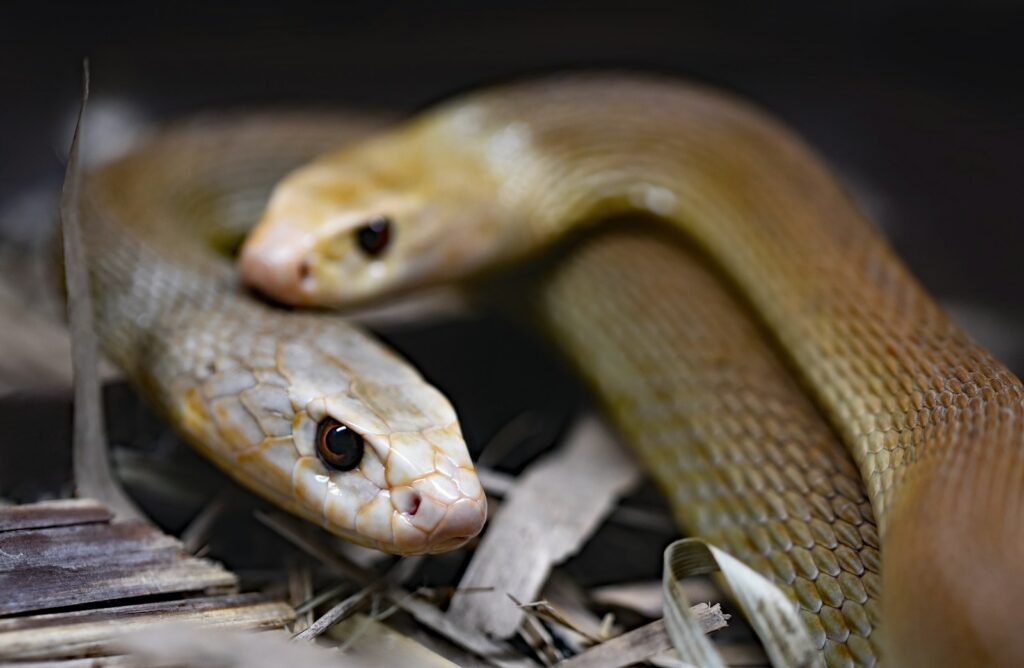
Warning displays in venomous snakes didn’t evolve overnight but are the result of millions of years of natural selection. These warning behaviors emerged independently across different snake lineages as effective ways to deter predators without wasting precious venom or risking injury in direct confrontation. For some species, the ability to warn before striking provides a significant survival advantage, allowing them to conserve energy and venom while still effectively protecting themselves. Other species evolved in environments where stealth and ambush were more advantageous than noisy warnings. The diversity of warning behaviors we see today reflects the different ecological niches and evolutionary pressures that shaped each snake species throughout their development.
The Rattlesnake’s Famous Warning

Perhaps the most recognizable snake warning comes from rattlesnakes, whose distinctive tail rattle has become iconic in popular culture. This specialized adaptation consists of interlocking segments of keratin that create a buzzing sound when the snake vibrates its tail rapidly, serving as a clear auditory signal to potential threats. Rattlesnakes typically use this warning when they feel threatened but aren’t yet ready to strike, essentially communicating “back off” to anything that comes too close. The rattle is remarkably effective, being audible from several meters away and instantly recognizable to many animals that have evolved alongside rattlesnakes. Young rattlesnakes are born with only a single segment (the button) and add a new rattle segment with each shed, though segments can break off over time.
Cobras and Their Dramatic Hood Display
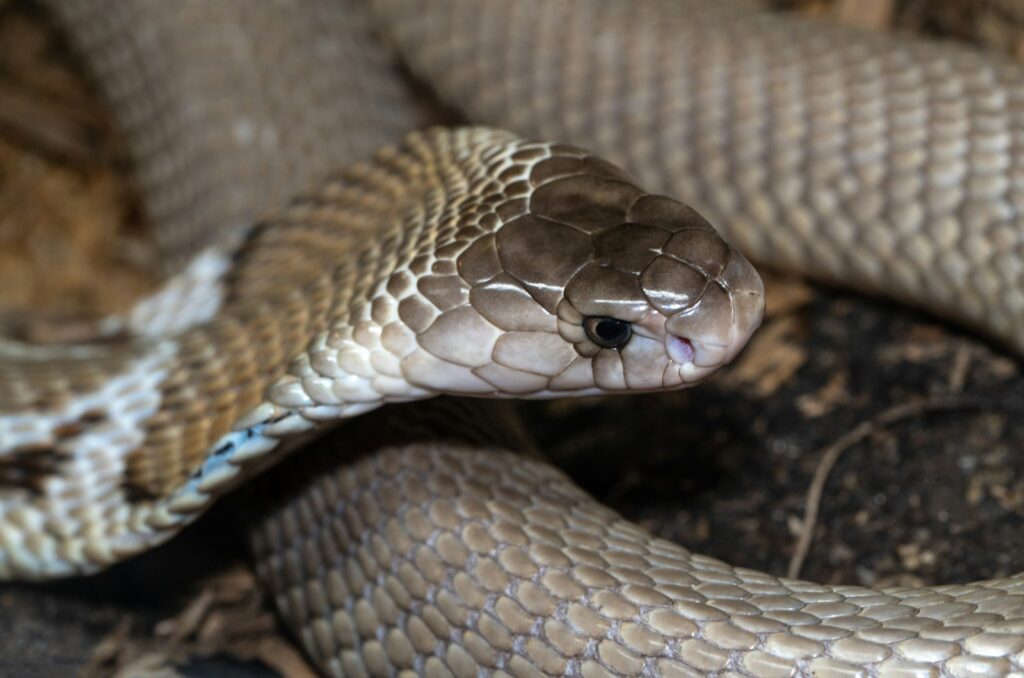
Cobras employ one of the most dramatic visual warnings in the snake world by spreading their characteristic hood when threatened. This display works by extending specialized ribs behind the cobra’s head, creating a flattened, expanded appearance that makes the snake look significantly larger and more intimidating. Many cobra species enhance this display with bright colors or patterns on the hood that become visible only when spread, such as the famous “spectacle” pattern on the back of an Indian cobra’s hood. This warning behavior serves multiple purposes—it makes the snake appear larger to deter predators, clearly identifies it as dangerous, and prepares the cobra for a potential strike if the threat doesn’t retreat. The hood display is so effective that several harmless snake species have evolved to mimic it when threatened.
Hissing as a Universal Snake Warning
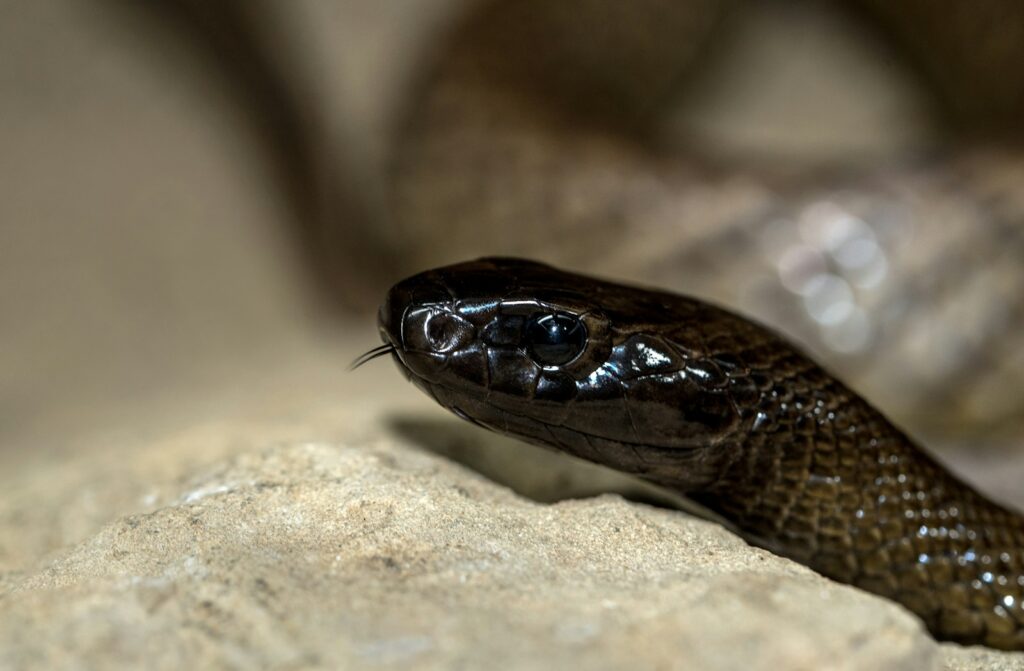
Hissing is perhaps the most widespread warning behavior across venomous and non-venomous snakes alike. This sound is produced when a snake forcefully expels air through a specialized structure in its mouth called the glottis, creating a distinctive sound that most animals instinctively recognize as threatening. For venomous species like vipers, hissing often precedes a strike if the threat doesn’t retreat, serving as a final warning before more drastic defensive measures. The intensity and volume of a snake’s hiss can vary dramatically between species, with some producing barely audible sounds while others, like the pine snake, can emit loud, intimidating hisses that can be heard from surprising distances. Hissing is energetically efficient and can be performed while the snake maintains a defensive posture, making it an effective first line of defense.
The Silent Hunters: Venomous Snakes Without Warnings
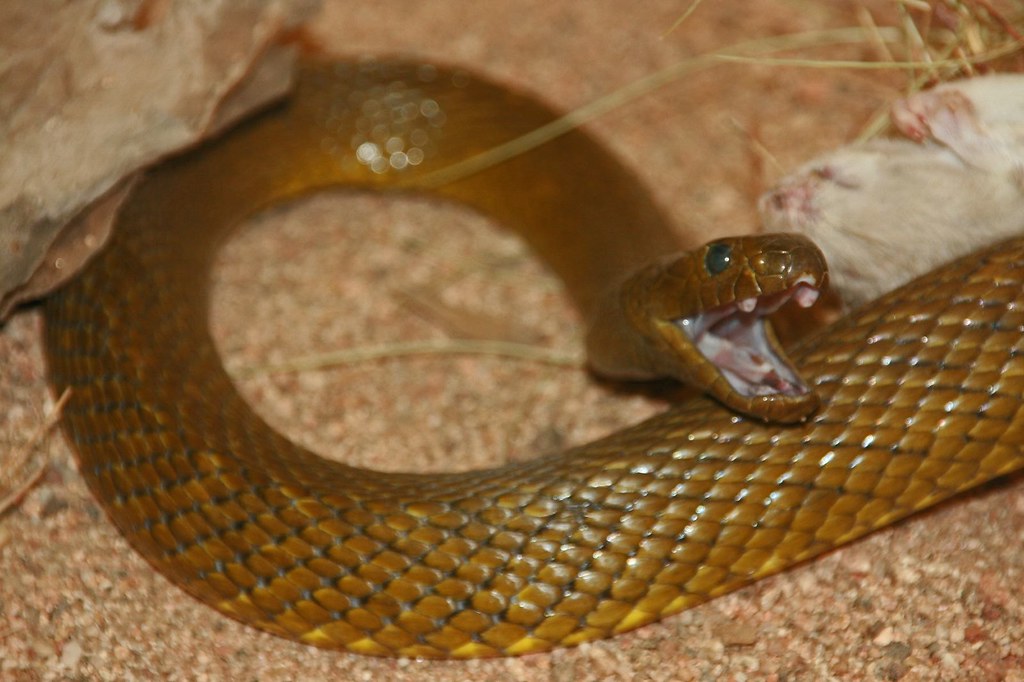
Unlike their warning-prone counterparts, many highly venomous snakes give little to no indication before striking. Species like the inland taipan of Australia—often considered the most venomous land snake in the world—typically remain quiet and strike without elaborate displays when threatened. This silent approach is particularly common among ambush predators like many vipers and certain elapids, whose hunting strategy relies on remaining undetected until the last moment. For these species, evolutionary pressures favored stealth over warning displays, as their survival depends on successfully capturing prey without being detected. In some environments, especially where natural predators are abundant, the ability to remain hidden provides a greater survival advantage than conspicuous warning displays that might attract unwanted attention.
Warning Coloration vs. Camouflage
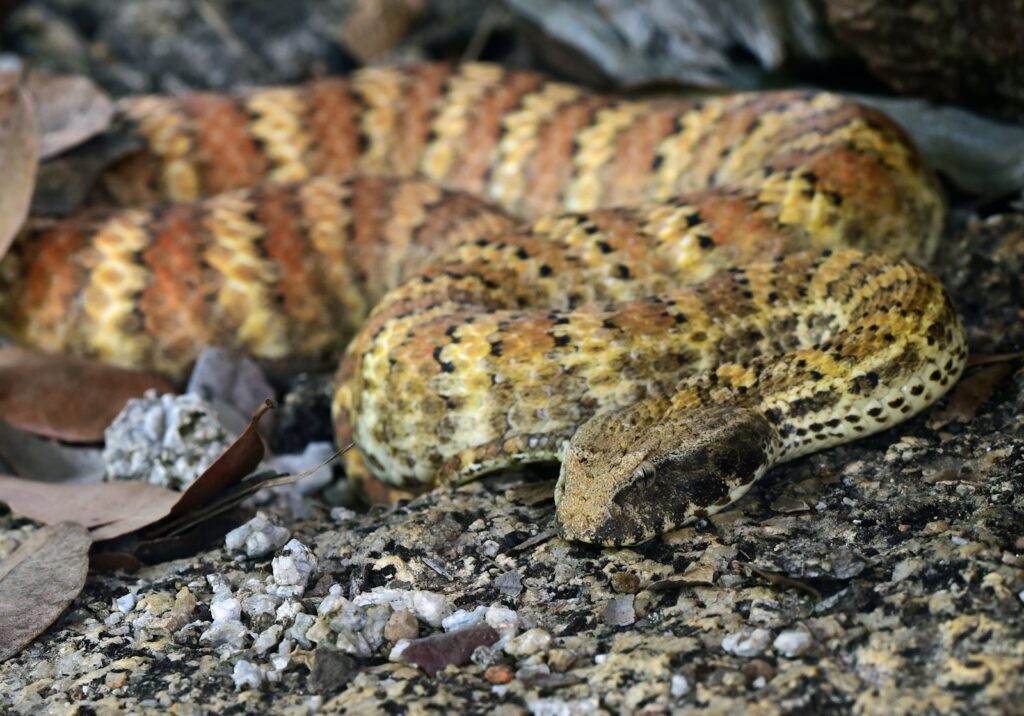
The visual appearance of venomous snakes often correlates with their warning behavior strategies. Many species that issue warnings before striking also display aposematic coloration—bright, contrasting patterns that advertise their dangerous nature to potential predators. The coral snake’s distinctive red, yellow, and black bands serve as a clear warning that has proven so effective that several harmless snake species have evolved to mimic this pattern. Conversely, many venomous snakes that strike without warning typically possess cryptic coloration that helps them blend seamlessly into their surroundings. This camouflage approach is exemplified by the death adder, whose leaf-like appearance allows it to disappear against forest floors while waiting for prey. These different strategies represent two successful but opposing approaches to survival: stand out and be recognized as dangerous, or remain hidden until the last possible moment.
Environmental Factors That Influence Warning Behaviors
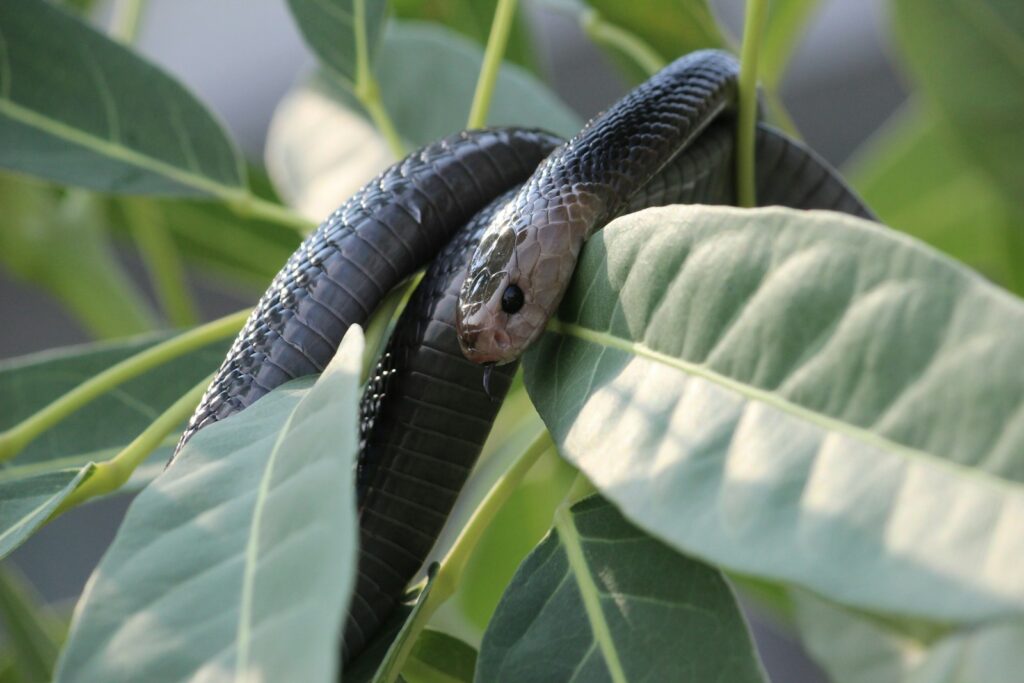
A snake’s habitat plays a crucial role in determining whether warning behaviors are advantageous. In open environments with few hiding places, such as grasslands or deserts, warning displays often prove beneficial because the snake is more likely to be spotted by predators anyway. In these exposed habitats, species like rattlesnakes evolved elaborate warning systems that allow them to avoid unnecessary confrontations. Conversely, in dense forests or underwater environments where visibility is limited, warning displays may be less effective, which explains why many forest-dwelling vipers and sea snakes tend to rely more on camouflage than on warning signals. Climate also influences these behaviors—snakes in colder regions might be more inclined to warn potential threats rather than strike immediately, as venom production requires significant energy that could otherwise be used for thermoregulation.
The Energy Economics of Snake Warnings
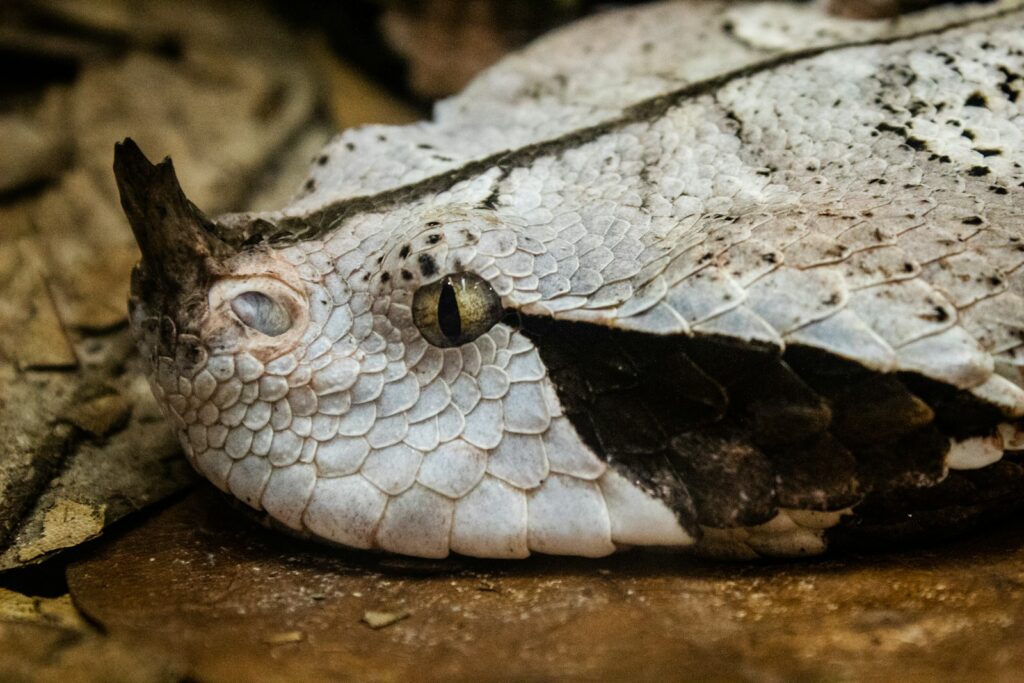
Warning behaviors represent a significant energy investment for venomous snakes, making their evolution a complex trade-off between safety and resource conservation. Producing venom is metabolically expensive, potentially requiring days or even weeks to replenish after a defensive strike, during which time the snake may be more vulnerable to predators and less effective at hunting. From this perspective, warning displays make economic sense—they allow the snake to potentially avoid using venom altogether while still protecting themselves. However, warnings themselves consume energy and expose the snake to detection, which is why some species opt for the surprise attack approach. The vibratory muscles that power a rattlesnake’s warning can consume significant energy when used for extended periods, which explains why rattlesnakes typically start with short bursts before escalating to continuous rattling if a threat persists.
Geographic Variations in Warning Behaviors

Fascinating geographic variations exist in warning behaviors even within the same snake species, demonstrating how local conditions can shape defensive strategies. Some populations of rattlesnakes in areas with high human activity have evolved to rattle less frequently or at lower volumes, possibly in response to humans targeting and killing noisy individuals. Similarly, island populations of venomous snakes often display different warning behaviors compared to their mainland counterparts, sometimes losing warning behaviors altogether when living in environments without natural predators. A striking example comes from timber rattlesnakes, where studies have documented regional differences in how readily they deploy their rattle warning, with some populations being significantly more likely to strike without warning than others. These variations highlight the remarkable adaptability of snake defensive behaviors in response to local selective pressures.
Why Warning Behaviors Matter for Human Safety

Understanding snake warning behaviors has profound implications for human safety in regions where venomous snakes are common. Most venomous snakes prefer to avoid confrontation with humans and will typically employ warning behaviors before resorting to a defensive strike. Learning to recognize these warning signs—whether it’s the distinctive rattle of a rattlesnake, the hood display of a cobra, or the defensive posture of a viper—can provide crucial seconds to retreat safely from a potentially dangerous encounter. Statistics consistently show that the majority of snake bites occur when humans fail to heed warning signals or, more commonly, when they attempt to kill, capture, or harass snakes that were otherwise trying to escape. Conservation education programs increasingly emphasize teaching communities to recognize snake warnings rather than promoting fear or encouraging the killing of these important predators.
The Impact of Human Activity on Snake Warning Systems
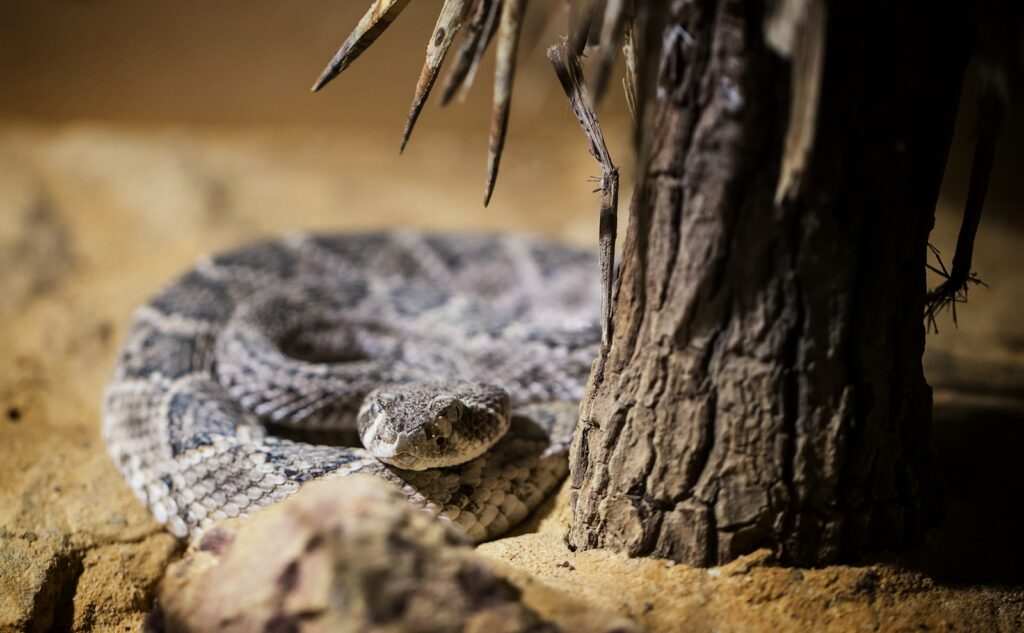
Human activities are actively reshaping snake warning behaviors in ways that could have concerning implications for both snakes and people. Urban development, deforestation, and agricultural expansion are forcing snakes into closer contact with humans, potentially selecting for individuals that either warn more vigorously or, conversely, for those that strike without warning to avoid detection and killing. Several concerning studies have documented what researchers call “behavioral harvesting”—where human persecution of warning snakes (like rattlesnakes that announce their presence) may be selectively favoring snakes that don’t warn before striking. In some areas of the American Southwest, researchers have observed increasing populations of “silent” rattlesnakes that rarely use their rattles, potentially making these snakes more dangerous to unsuspecting humans. This evolutionary pressure represents an unintended consequence of our often hostile relationship with these predators.
Defensive Behaviors vs. Hunting Tactics
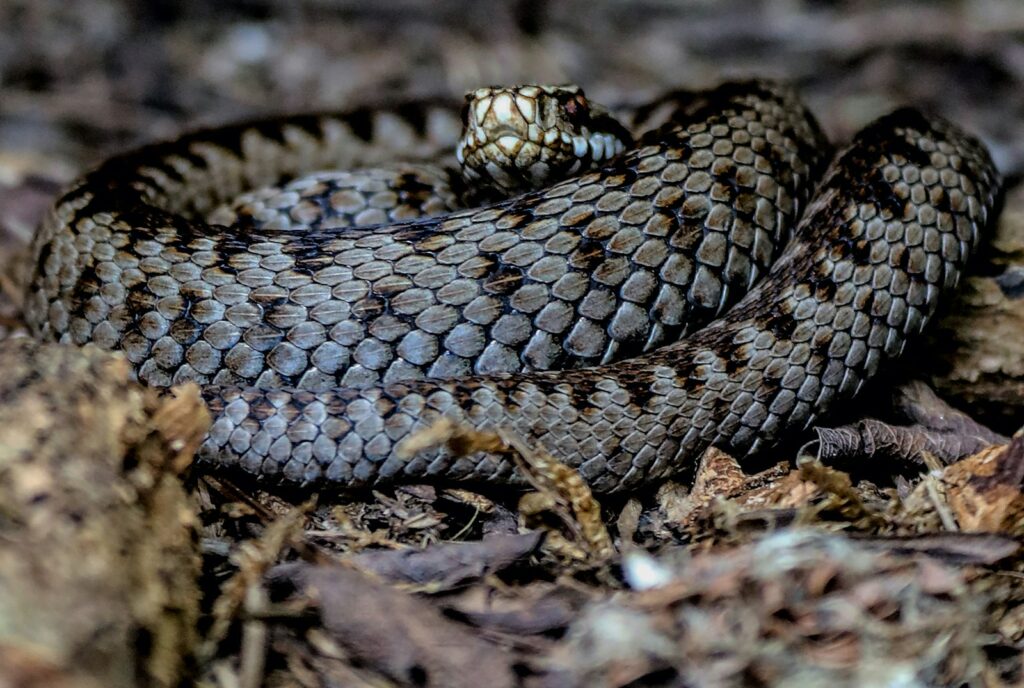
An important distinction exists between how venomous snakes behave when hunting versus when defending themselves, with warning behaviors almost exclusively associated with defense rather than predation. When hunting, even species known for elaborate warning displays, like rattlesnakes and cobras, typically strike without any warning whatsoever to maximize their chance of capturing prey. This stark contrast highlights the different evolutionary pressures that shaped hunting and defensive behaviors—efficiency and success rate for hunting, versus minimizing risk and energy expenditure for defense. For example, a timber rattlesnake hunting mice will remain perfectly still and silent until striking, but the same snake will often rattle vigorously when confronted by a human hiker. This behavioral flexibility allows venomous snakes to optimize their responses to different situations, conserving energy and venom when possible while maximizing hunting success when necessary.
The Future of Snake Warning Systems
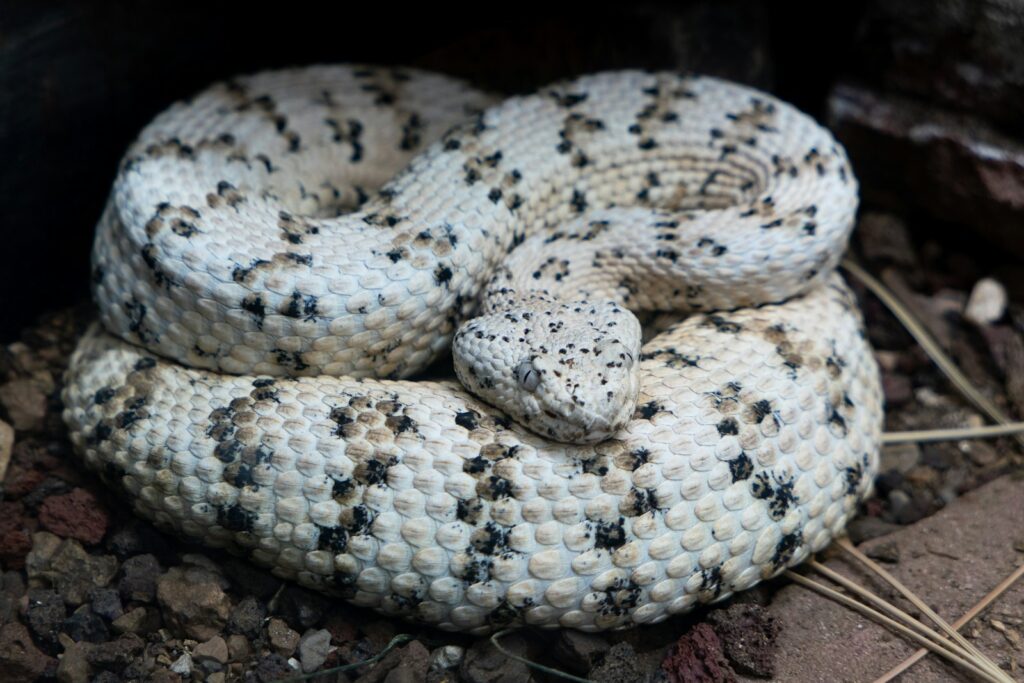
The continued evolution of snake warning behaviors faces unprecedented challenges in our rapidly changing world. Climate change is altering habitats and forcing snake populations to adapt or relocate, potentially disrupting the environmental contexts in which their warning behaviors evolved. Increasing human development is fragmenting snake populations and creating novel selective pressures that may favor different defensive strategies. Some research suggests that in areas with high snake mortality from road traffic, populations might be selecting for individuals that freeze rather than flee when threatened, potentially altering their warning display behaviors. Conservation efforts must consider these behavioral adaptations, as changes in warning behaviors could have significant implications for both snake survival and human safety. Understanding and preserving the full range of snake defensive strategies will remain an important component of wildlife conservation efforts worldwide.
Conclusion
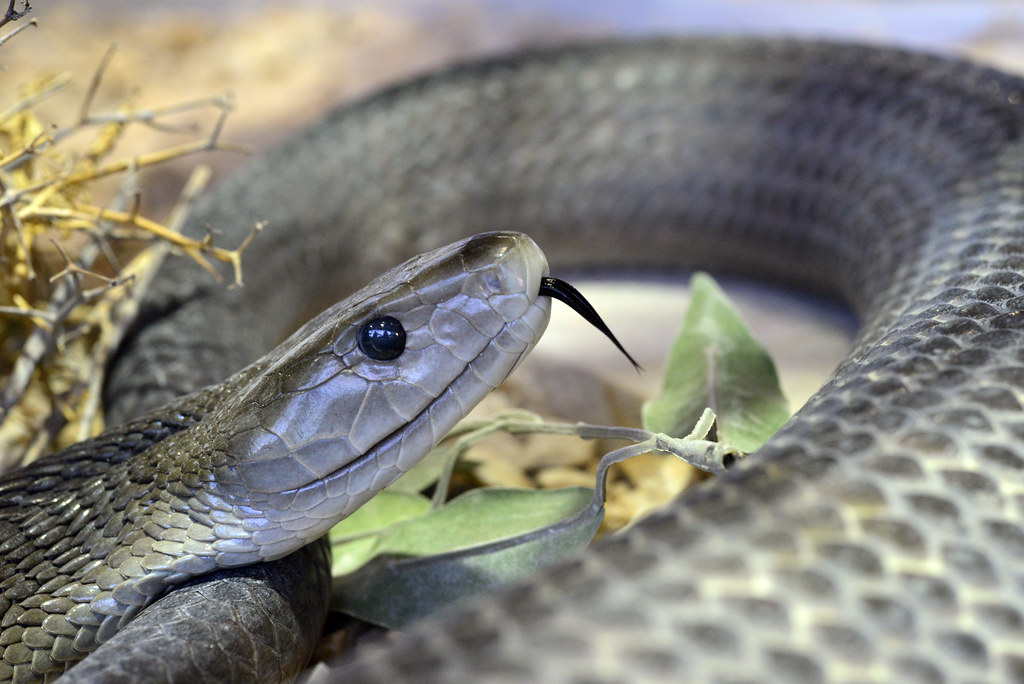
The diverse warning behaviors of venomous snakes reveal the complex interplay between evolution, ecology, and survival strategies in these remarkable predators. From the iconic rattle of the rattlesnake to the silent strike of the death adder, these different approaches represent successful adaptations to specific environmental challenges. As human activities continue to reshape natural habitats, understanding these warning systems becomes increasingly important—not just for scientific knowledge, but for practical human safety and effective conservation efforts. By learning to recognize and respect these warnings, we can better coexist with these important but often misunderstood predators that play crucial roles in ecosystems worldwide.



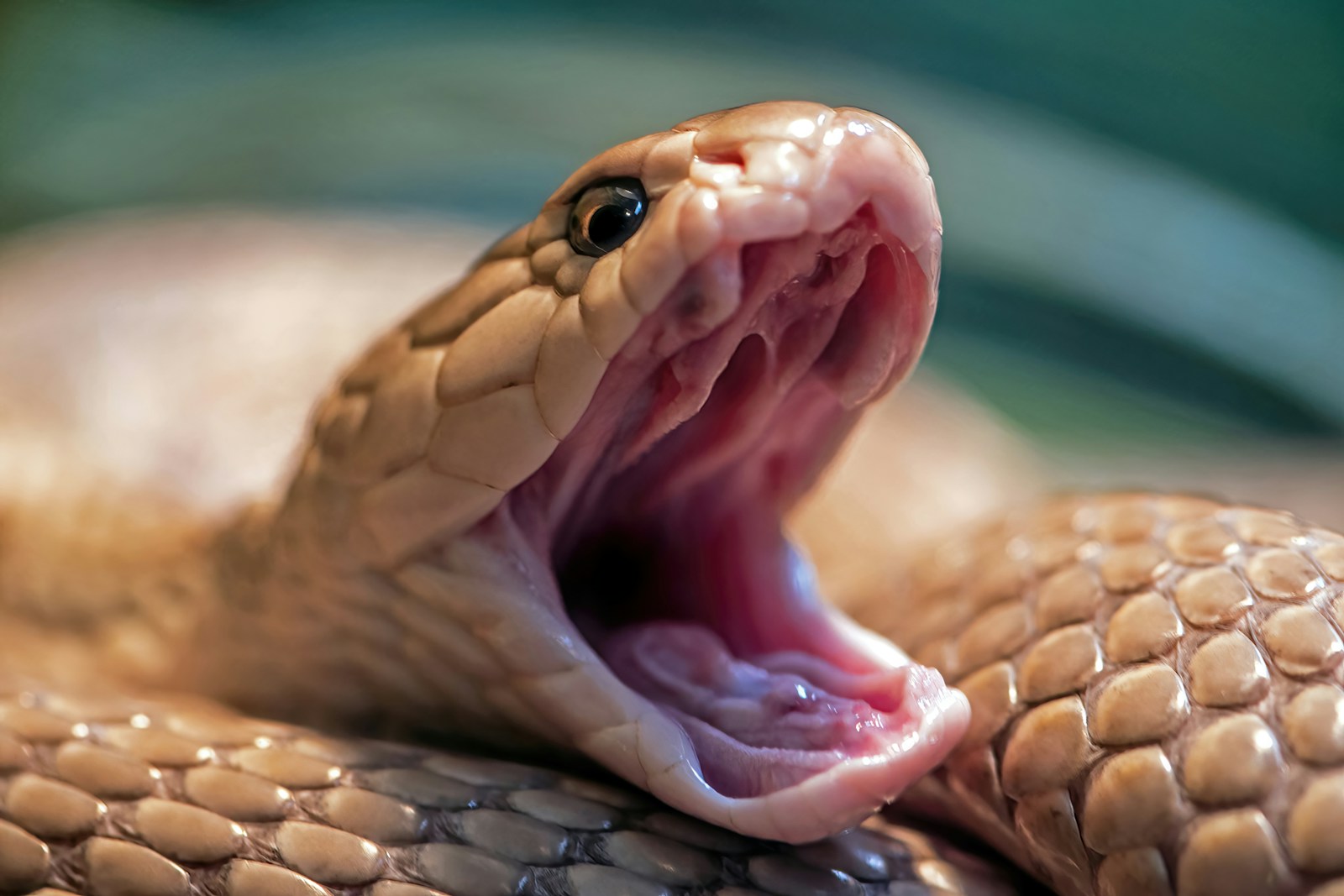

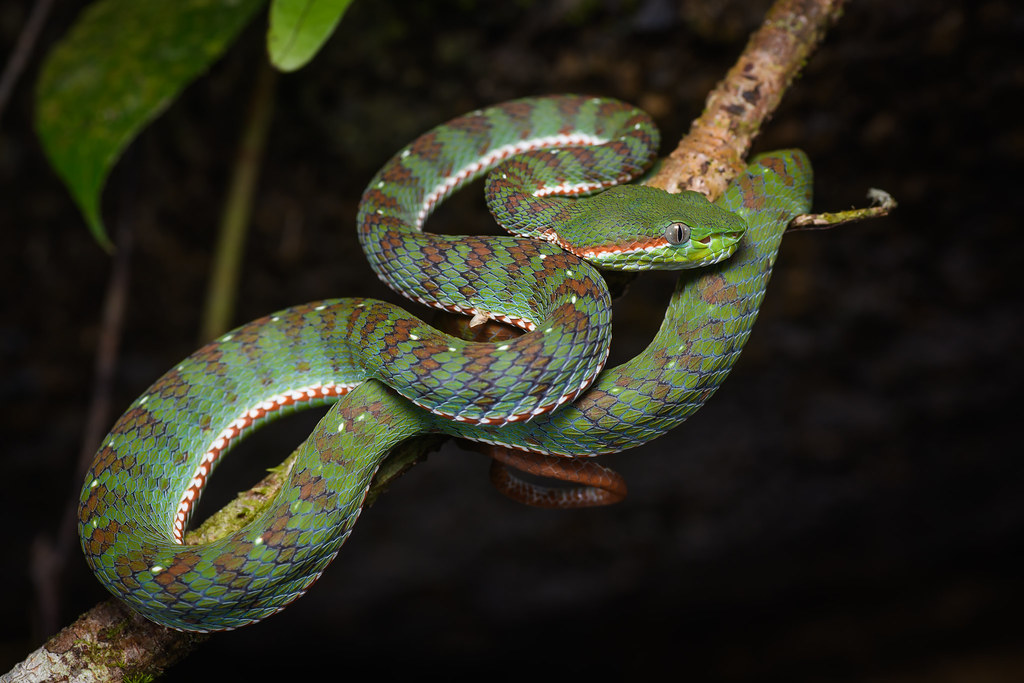
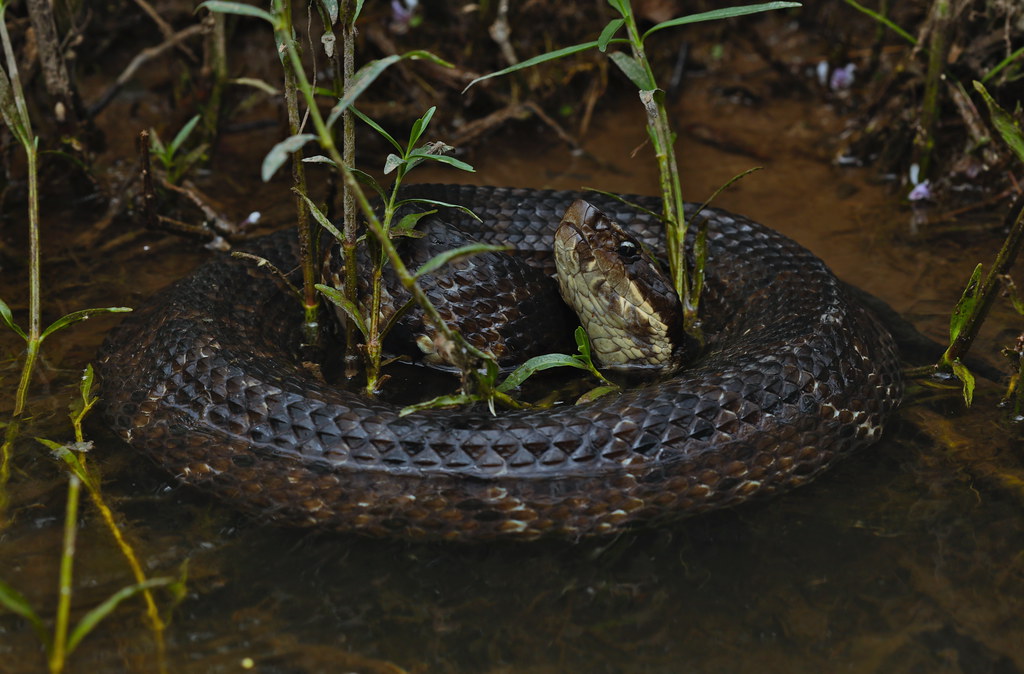


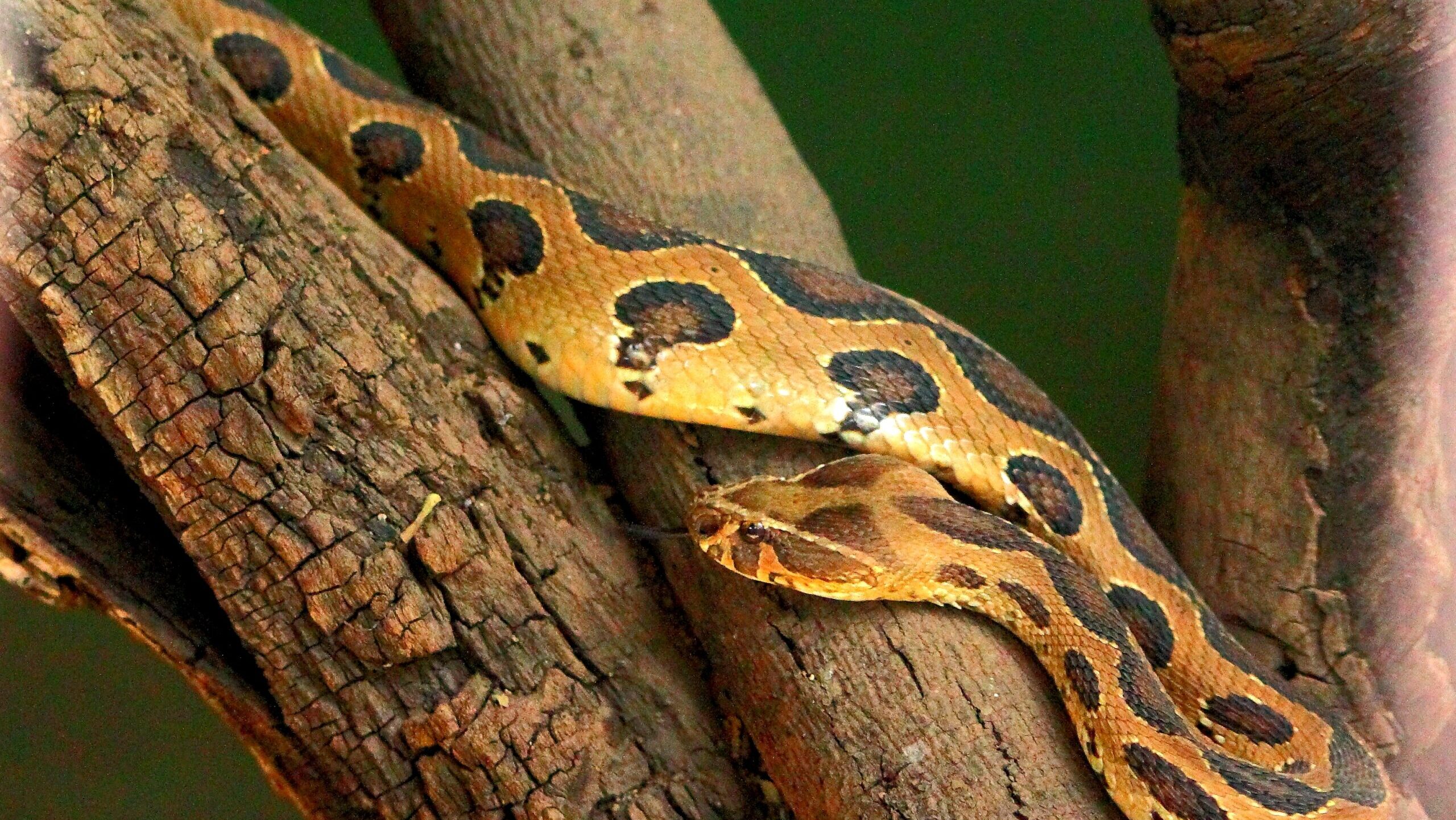






Leave a Reply